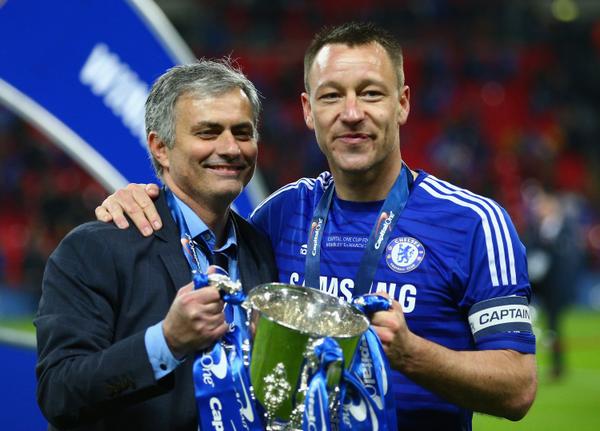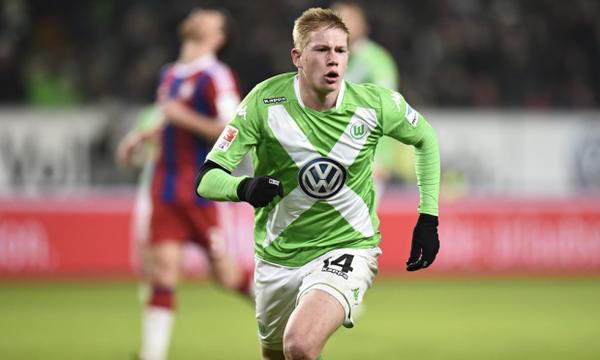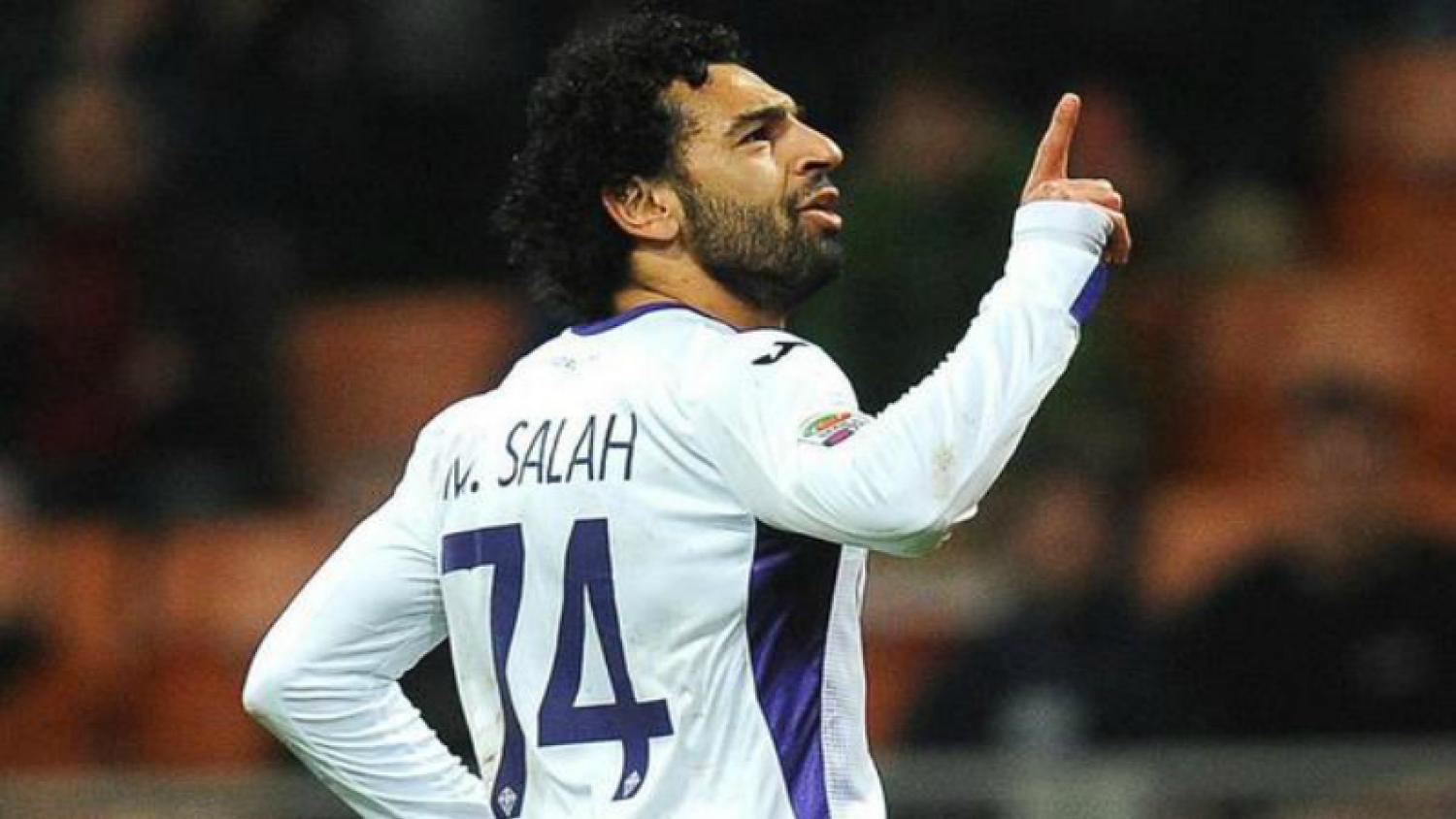Chelsea’s 22-year-old winger Mohamed Salah scored against Tottenham last week, bringing his goal-scoring record to four goals and one assist in his last five games. None of those goals were scored in a Chelsea shirt, you understand, but in the violet of Fiorentina.
Salah’s just one of 26 players The Blues currently have out on loan, spread far and wide throughout the footballing world: Serie A, the Bundesliga, La Liga, the Dutch Eredivisie and even the Chilean Primera División. Which begs one very obvious question: why?
The answer is either two-fold or wholly singular, depending upon your levels of cynicism.

Photo @BBCSport | Twitter
Bruce Buck and Michael Emenalo, Chelsea’s Chairman and Technical Director respectively, will tell you that such an expansive loan policy is a natural extension of a growing youth system at a top-tier Premier League side. Chelsea won both the FA Youth Cup and the Under-21s Premier League title last season, yet the most recent youth academy product to break into Chelsea’s first team is 34-year-old John Terry. Sending players out on loan, therefore, is a logical step in ensuring young footballers get regular exposure to top-tier competition.
But there’s also an undeniable commercial rationale to Chelsea’s vast army of loanees. One which, in the Financial Fair Play era, is geared towards both the creation and preservation of wealth.
The last few seasons have seen Chelsea follow an aggressive policy of acquiring young-ish (18 to 21) promising talent for modest sums of money, farming them out to various clubs on loan throughout the continent, and then selling them for a profit before they’ve ever played more than a handful of competitive games in a blue (or at least a Chelsea blue) jersey. All while said players’ wages are wholly, or at least partially, kept off Chelsea’s books.

Photo: guardian_sport | Twitter
The Belgian midfielder Kevin de Bruyne is a prime example. Chelsea paid roughly £7m for De Bruyne in January 2012, immediately loaning him back to Genk for the remainder of the 2011-12 season. He was then sent to Werder Bremen for 2012-13, before being sold to Wolfsburg last January for £18m. In total, de Bruyne was a Chelsea player for two years, yet was afforded just three BPL appearances before being sold for an £11m profit.
De Bruyne isn’t unique: Romelu Lukaku and Thorgan Hazard can tell similar tales and, in a season or two, we dare say Christian Atsu (see below for why he was named Player of the Tournament at this year’s African Cup of Nations), Marko Marin, Oriol Romeu and the aforementioned Salah will also have similar stories. That’s not a youth system; it’s a trading policy, designed to generate profit through hoovering up talent and promoting it in the European shop window at other clubs’ expense.
There's nothing illegal about what Chelsea is doing. While the Premier League limits the number of loanees a club can send out to other BPL teams at four, no such restrictions exist on the ontinent. And Chelsea would, with some justification, argue that they’re genuinely seeking out young talent to grace Stamford Bridge in years to come: Thibaut Courtois being the obvious, if solitary, example.
Nor are Chelsea unique in sending young players – bought or nurtured – out on loan; lots of clubs do it, and have done for a considerable while. But the sheer scale of their operation sets them apart. Perhaps if they’d been less successful in making money out of it, or more successful in turning loanees into first team regulars, we wouldn’t be talking about this policy in such purely commercial terms.
But they haven’t, so we are. And we’re cynical.
You can follow Robert Gordon on Twitter.



